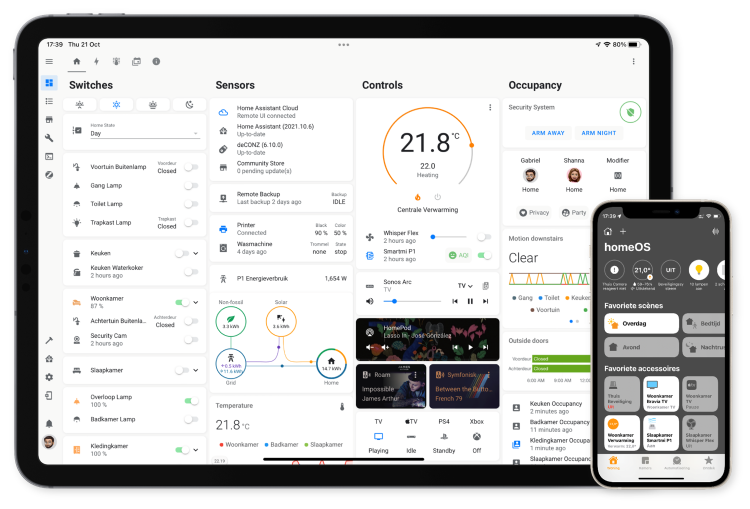When it comes to creating a smarter home environment, there’s a great deal to consider. How will devices connect? Will they work together seamlessly? Are they compatible with the myriad of other smart devices on the market? Enter Home Assistant, an open-source home automation platform that focuses on privacy and local control, capable of answering these questions with an affirmative “Yes!”
What is Home Assistant?
Home Assistant is a powerful open-source platform for home automation that puts local control and privacy first. Designed to work with almost all smart devices and services, Home Assistant is not just a product but a community-driven project that continuously evolves to adapt to new technologies and user needs.
The primary advantage of Home Assistant over its proprietary counterparts is its versatility and interoperability. It supports thousands of components, from well-known brands like Philips Hue, Google, Nest, and Amazon Echo to lesser-known entities, and new ones are added constantly.
Why Choose Open-Source?
Open-source projects like Home Assistant have the edge because they offer unmatched customization. Every aspect of the platform can be tweaked and adjusted according to the user’s requirements. If a particular functionality is missing, you can add it yourself or request someone from the community to develop it. This flexibility is especially useful in home automation, where everyone’s needs and preferences are unique.
Additionally, as an open-source solution, Home Assistant doesn’t rely on the cloud to function, ensuring that your personal data stays within your home network, reinforcing privacy and security. If a manufacturer decides to stop supporting a device or a service, your system will continue to work because control remains local.
Features and Capabilities
Home Assistant’s UI is clean, intuitive, and customizable, presenting an overview of your home at a glance. The powerful automation rules editor allows you to design complex automation scenarios without needing to know how to code. With features like device tracking, you can automate tasks based on the location of your smartphone.
Perhaps the most powerful feature of Home Assistant is its ability to integrate disparate devices and services into a single, cohesive whole. For instance, you could have your lights turn on automatically when your smart lock is disengaged, or you could have your blinds close when your smart thermostat detects that the room is too warm.
Getting Started with Home Assistant
Home Assistant can run on most systems that can operate Python 3 – from a Raspberry Pi to a network-attached storage (NAS) device. For the technologically averse, there’s also Home Assistant OS, an operating system that runs Home Assistant and its supportive features in one easy package.
Installation is straightforward and once installed, you can access Home Assistant through your web browser to start adding devices and creating automation rules.
The Power of the Community
Beyond the product itself, one of Home Assistant’s biggest assets is its community. Thousands of developers and users worldwide contribute to the platform, sharing their custom components, automation rules, and solutions to common issues. They’re just as much a part of Home Assistant as the software itself.
Conclusion
Home Assistant is an exceptional tool for those who wish to take their smart home setup to the next level. By choosing this open-source solution, you are choosing privacy, local control, a vast range of supported devices, and a community of enthusiasts ready to help you realize your home automation dreams. As technology continues to advance, so too will the capabilities of platforms like Home Assistant, making the smart home of the future an exciting prospect.



